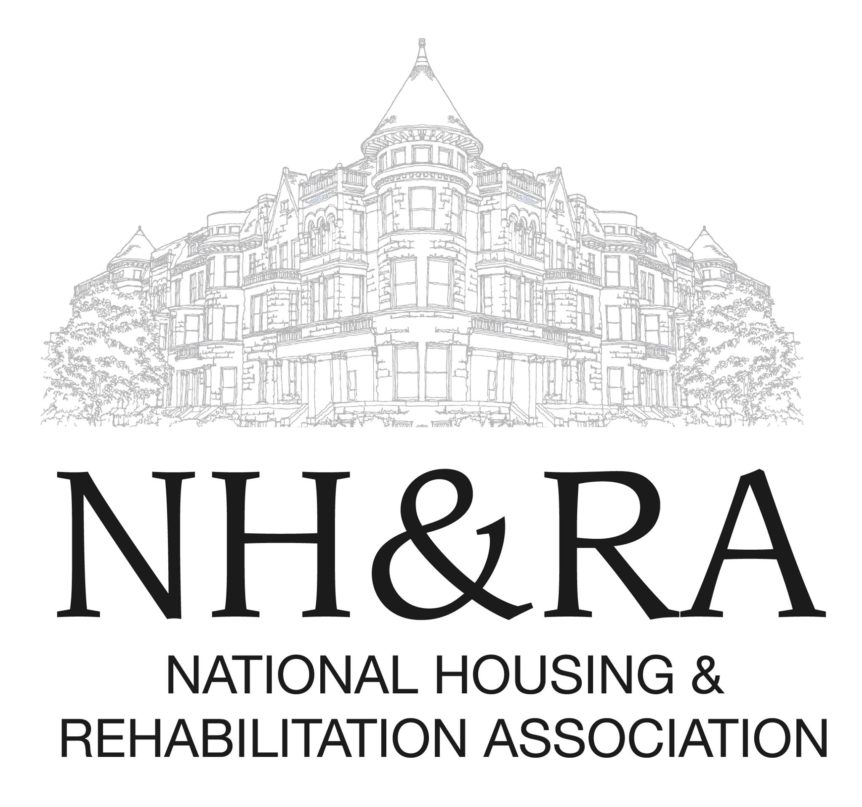Weatherizing Multifamily Affordable Housing with BIL Funding
By Ravi Malhotra / National Housing & Rehabilitation Association Issue: August 2022
The U.S. Department of Energy’s (DOE) Weatherization Assistance Program (WAP) helps low-income households access energy efficiency, renewable energy and health and safety upgrades for their homes.
The Bipartisan Infrastructure Law (BIL) that was passed last year provides $3.5 billion for WAP, increasing the funds allotted to states by 3X for the next five years. The program aims to reduce energy costs and improve quality of life for low-income households, but it predominantly serves owner-occupied single-family households.
All states can serve multifamily, but very few actually do. The vast majority of WAP agencies are unfamiliar with the Multifamily Affordable Housing sector and do not understand the regulatory and logistical requirements. They are not familiar with central HVAC and hot water equipment. DOE requires a different energy auditing tool for multifamily. And most importantly, the DOE requires cost share from rental properties, versus 100 percent free for owner-occupied single-family homes. Consequently, current WAP agencies don’t have the expertise or capacity to serve the Multifamily Affordable Housing sector.
These green upgrades reduce operating costs for the property, increase property value from the high efficiency equipment installs and enhance tenant comfort, health, safety and affordability.
Multifamily Affordable Housing owners and developers can benefit from this massive influx of BIL funding, but only if they quickly engage with the relevant state agencies to push for Multifamily Affordable Housing as eligible properties for WAP funding. State administrators, who receive DOE funds, are equally divided between State Energy offices, HFA’s and the Department of Health and Human Services. They should contract with specialized service providers who can serve Multifamily Affordable Housing and meet all WAP requirements.
Ironically, the cost effectiveness of serving Multifamily Affordable Housing is typically 2X (i.e., the State agency can serve twice as many low-income households with the same budget). This is due to the smaller square footage of apartments (versus single-family homes); the cost share requirements for rental properties; the volume efficiencies of servicing a Multifamily Affordable Housing property (with say, a 100-units on one contract, versus 100 individual single-family contracts across a city); and the ability to leverage other resources, such as utility rebates, tax credits, green incentives, etc.
Multifamily Affordable Housing owners and developers are local economic forces. By educating state administrators on their needs and advocating for an increased focus on multifamily affordable housing for the Weatherization program, they can help catalyze a change that will benefit their businesses and their residents.

